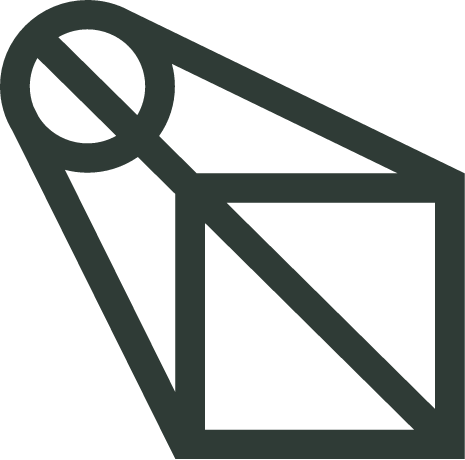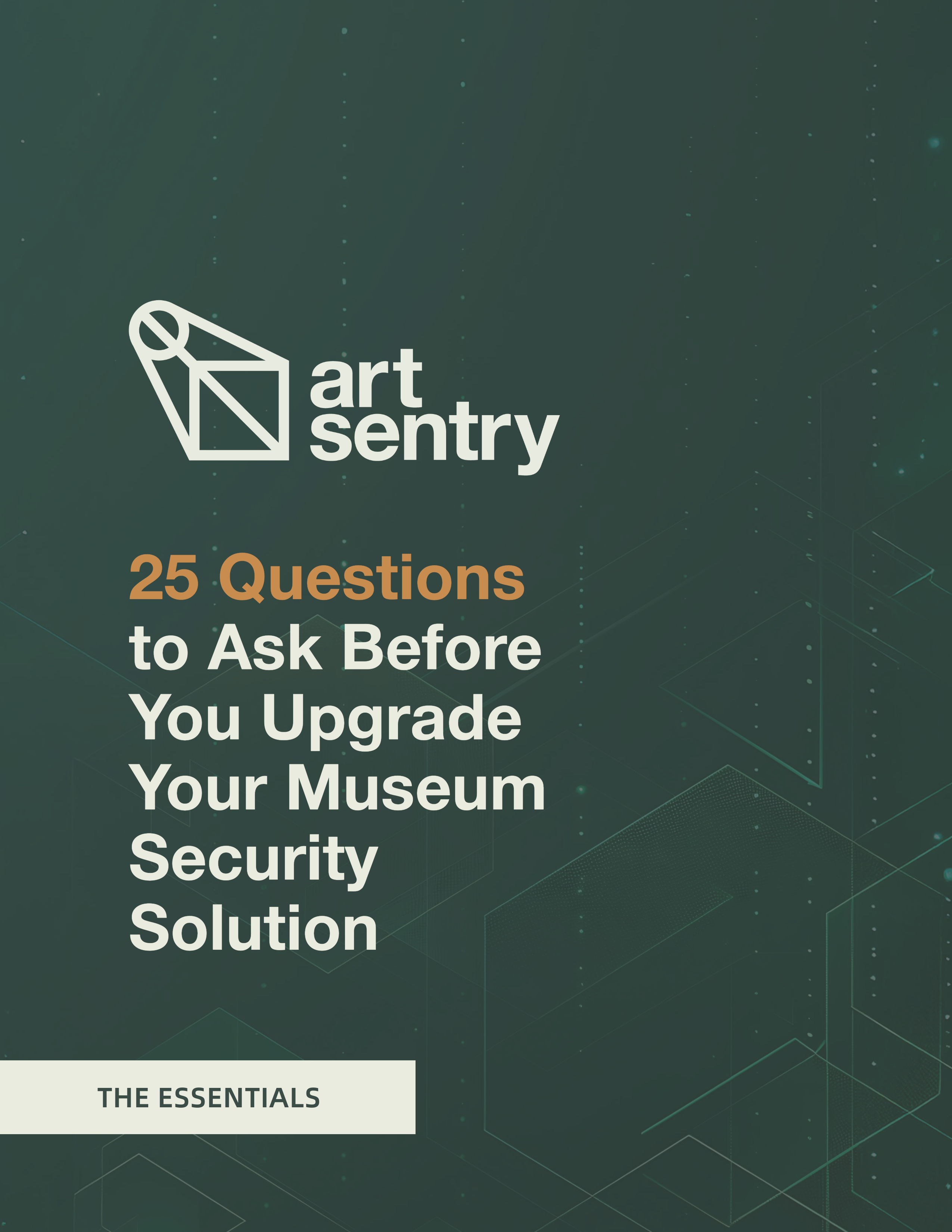Grants for Art Museums and Exhibits
Success in applying for art museum grants begins right at the start with selecting the proper grant and positioning your project to align with the institution’s purpose and goals. There is a strategy involved! Every applicant should understand that no grant-making institution will make an award so that the applicant can fulfill its mission. They make awards when they see that an applicant will fulfill theirs. It makes all the difference.
Keep reading to learn how a museum grant can offset your investment in Art Sentry.

Where to Start
Museums will find many solid options, from government grants for museums to corporate grants and private family foundations that support the arts or cultural development in their region. Grant seeking is very competitive, and funding organizations are confronted every day by an overwhelming array of applicants, all of whom are in need. Still, museum grant funding is a popular way to offset expenses.
Just about every grant opportunity requires an initial Letter of Interest/Inquiry (LOI) before submitting a full proposal. Some grants are only available by an invitation resulting from a review of the LOI. In the end, these letters allow grantmakers a chance to review potential applicants without reading a ton of submissions that may not align with an agency’s or foundation’s goals. Some funders have a format for LOI submission; others leave it up to the applicants. At a minimum, all LOIs should provide the following:
- Grants for museum exhibits
- Grants for training
- Grants for community education
- Grants for the management of collections
Grant Resources to Start With
Grants.gov
The Institute of Museum and Library Services
Other Places to Look
- Association of Art Museum Directors: Federal Funding
- Department of Homeland Security (DHS) – FEMA Non-Profit Security Grant Program
- Terra Foundation for American Art
- Getty Foundation: How to apply for grants
- Instrumentl: Grants for Museums
- Knight Foundation: Apply for funding
- Mellon Foundation: Grants Resources
- Museums Association: Funding
- Samuel H. Kress Foundation: How to apply
- African American Cultural Heritage Action Fund
- National Endowment for the Arts (NEA): Grants
- NEDCC: Federal Grant Opportunities
- Sustainable Heritage Network
- Whiting Foundation: Our Cultural Heritage Grants
- FederalGrants.com: Find a Federal Grant
- nps.gov: Competitive Grants
- 2025 Museum Grants Guide for the U.S.
Regional Art Museum Grants & Associations
- Midwest Art Conservation Center
- Arts Midwest: Grant Opportunities
- Pennsylvania Historical & Museum Commission (PHMC)
- Pew Center for Arts & Heritage: Grants & Grantees
- Prairie Lakes Regional Arts Council
- Cuyahoga Arts & Culture (CAC)
Grant Seeking Ideas
- Advice for Grant Seekers in the Cultural Heritage Communities
- Finding New Sources of Funding in Challenging Times: An Introduction
Consider Matching Grants
Consider exploring opportunities through matching grants for small and large museums. Here are a few resources:
- Why Matching Grants Work
- What are Matching Grants | How to Create the Match
- Doubling Your Organization’s Money through Matching Grants
Timing is Everything
The grant world is dynamic, with frequent deadlines and new opportunities becoming available all the time. Download Art Sentry’s Museum Grants 2026 Guide below for the most timely information about new grants that are available.

Download Our Comprehensive Grant Guide

Protect Your Museum with Art Sentry’s Expertise
Protect your valuable collections with Art Sentry’s advanced security solutions. Our team will provide you with a customized quote tailored to your museum’s unique needs. Ensure the safety of your priceless artifacts with the best in the industry.

